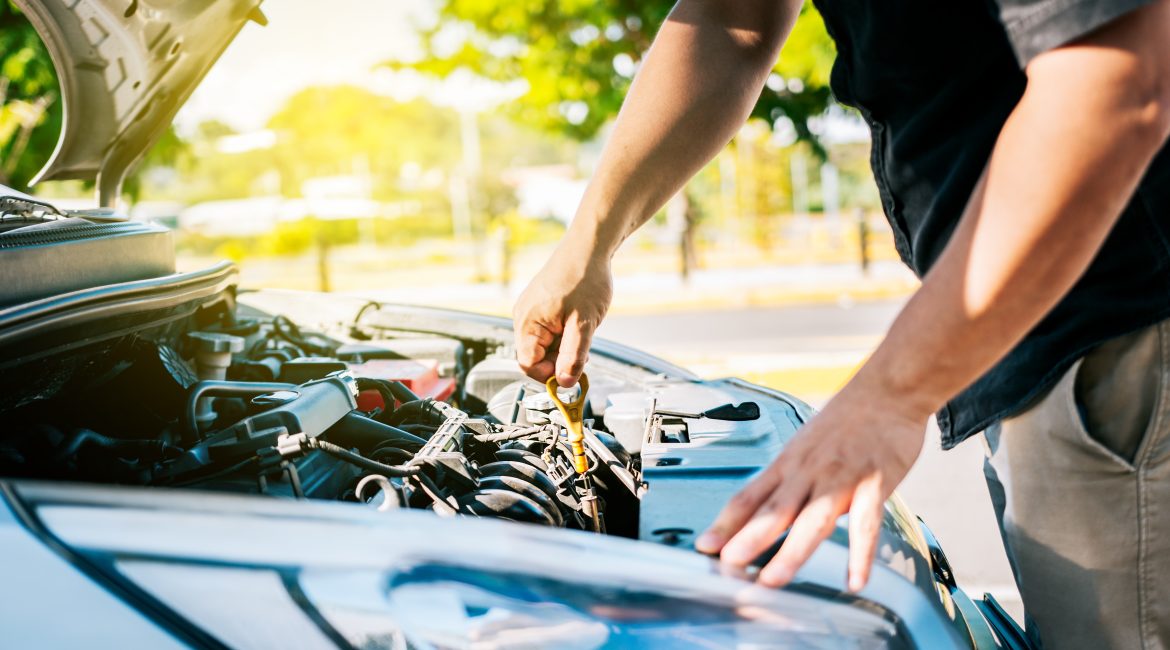Car safety is all about preparation, maintenance and understanding. If you prep your car, maintain your car and understand your car, you’ve got a great ride ahead of you.
Each morning that we get into our cars to start our daily commute, there is a risk. Ideally, we do our safety driving checks (rearview mirror, side mirrors, blindspot) and call for passengers to buckle their seatbelts before the trip starts. If you are a cautious driver and care about getting yourself and your precious cargo safely from A to B to C and back to A, then you need to get out a pen and paper and stick this monthly car safety checklist on your fridge.
Why should you check your car?
Well, it is likely to be one of the most expensive purchases you’ve made so we can imagine you would like to take care of it as best as you can. Each time your car is on the road, there is inevitable wear and tear that happens. On a daily basis, your car is exposed to damage and it’s your job to keep on top of the condition of your vehicle.
If you avoid checking the condition of your car, you are setting yourself up for some expensive repairs down the road. One day you think all is well and the next you’re replacing three tyres and an engine – ouch.
Discover: 5 Bad Driving Habits to Avoid Right Now
The Oneplan Monthly Car Safety Checklist
If you have access to a printer, why not just copy and paste our headings into a document and print it for yourself? Before you know it, your monthly car safety checks should start to feel like second nature.
-
Oil
Do you know what happens when you neglect to change your oil? Your car stops working. Forever.
This is the most serious part of car maintenance because, without oil, your entire engine will seize and replacing it may cost you the same as (if not more than) a new car.
Check your oil by removing the dipstick and giving it a wipe with some towel or an old cloth. You will then place it back into the engine and where the oil comes up on the dipstick will let you know how much oil you need.
Depending on the vehicle model, age and whether there are any leaks or not you will need to check your oil regularly between changes and top up with a fresh quart to keep your car running smoothly.
-
Air filters
Checking your air filters is going to improve the longevity of your vehicle and you’ll find yourself getting more distance out of your petrol. Air filters aren’t costly to replace so make sure you give them a look every month! You can locate your air filters near the top of your engine or underneath the hood of your car.
Take the air filter out and hold it against a strong source of light. If you can’t see light coming through, it’s time for a change.
-
Brake fluid
Checking your brake fluid is easy enough to do on your own and will save you thousands of rands if you check your levels before they become too low. Your brake fluid reservoir will be connected to the brake master cylinder and its location will depend on the model of your car.
Before you do anything, you need to carefully clean the top of the reservoir. Any dirt that falls in can be incredibly damaging to the seals in the master cylinder and can then cause your brakes to fail altogether. Then look inside the reservoir and make sure that your fluid is sitting at least 2.5 cm from the top.
Important: brake fluid will be ruined if it is exposed to moist air for even 15 minutes so make it snappy and seal your cap properly once you are done!
If the colour of your brake fluid is dark, you would be better off seeking your mechanics’ help.
-
Tyres
Worn out or unroadworthy tyres are the cause behind thousands of road accidents and are exceptionally costly to repair or replace. Keep an eye on the tread and the pressure of your tyres. Your local petrol station can help you out with checking your tyre pressure.
Related: 5 Signs of Pothole Wheel Damage On Your Vehicle: Riding the Rocky Roads
-
Battery
A clean car battery is a long-lasting car battery! Lift the hood of your car and locate your battery. You’ll find that residual battery acid will have created powdery deposits on the negative and positive terminals of the battery. A quick wipe with a dry (important) and lint-free cloth should suffice.
Please read through safety tips before digging into your engine.
-
Coolant
Coolant keeps your engine from overheating and is best replaced or topped up once your car has been parked for a while and the engine has cooled down.
Your coolant reservoir should have a “FULL” indicator on it, and this is where you always want your coolant to be sitting.
Safe Travels
Taking 20 minutes once a month to do your car safety checks will have you feeling more secure on the roads and will most probably save you a ton of money. We hope you feel safe and in control every time you step behind the wheel!
Discover: 4 Signs Your Car Suspension Needs To Be Checked
Yours in safety-first insurance,
Oneplan




